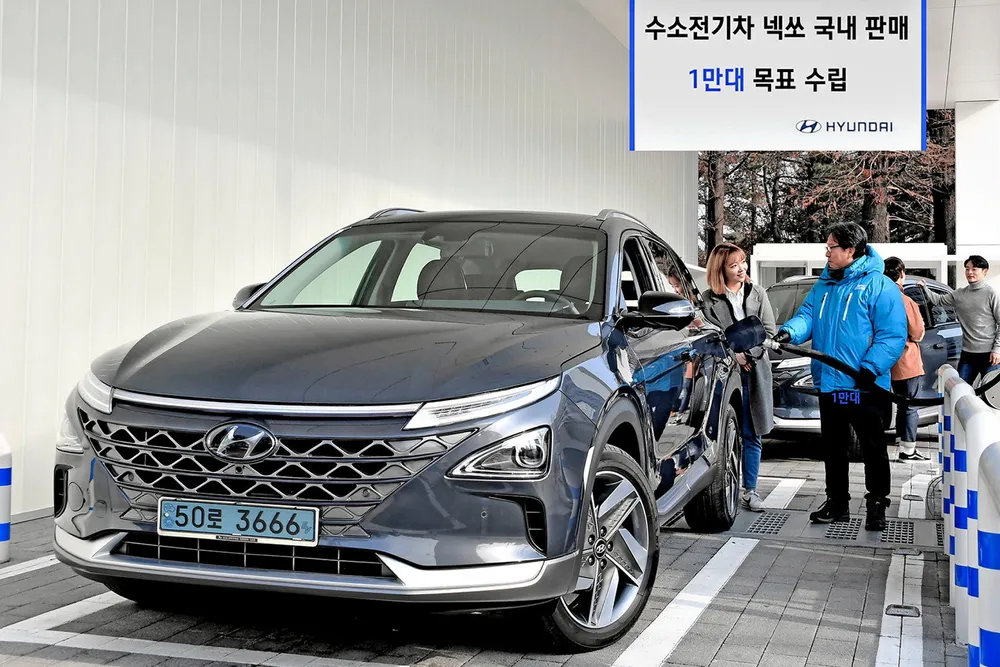'Contaminated hydrogen supply damages fuel-cell cars in South Korea': report
‘Defective’ H2 detected at three filling stations, all supplied from new production facility operated by Korea Gas

‘Defective’ H2 detected at three filling stations, all supplied from new production facility operated by Korea Gas
